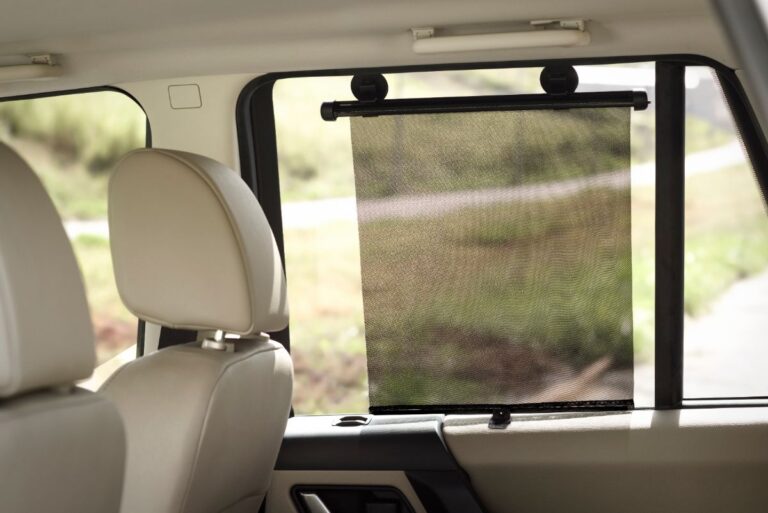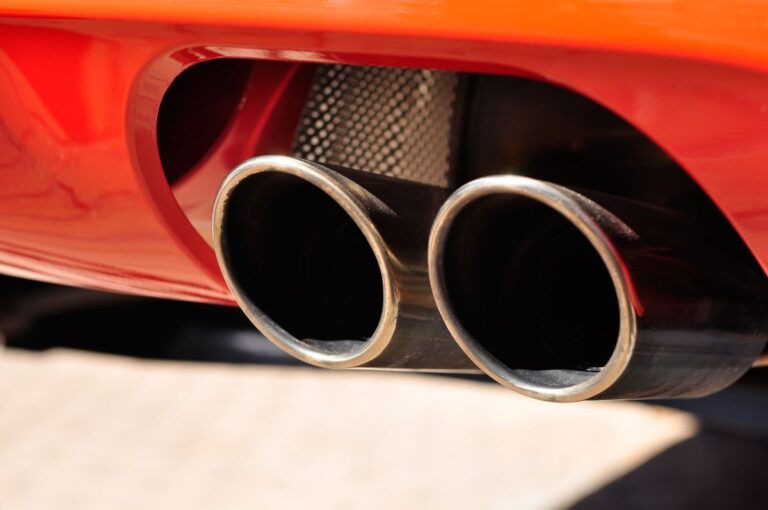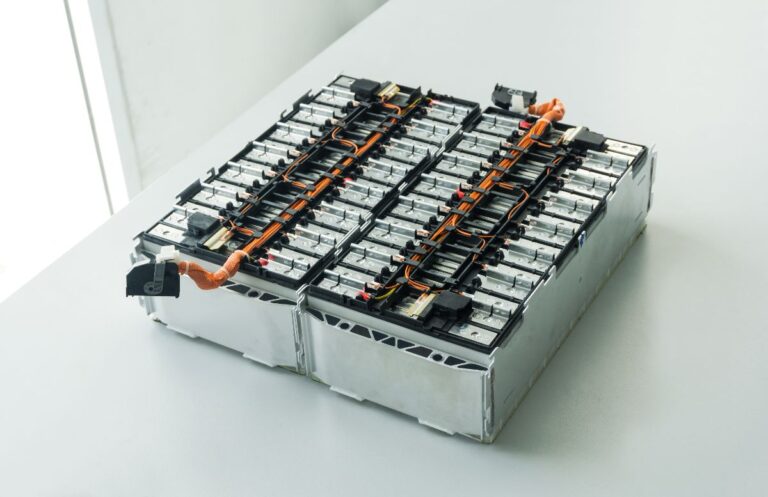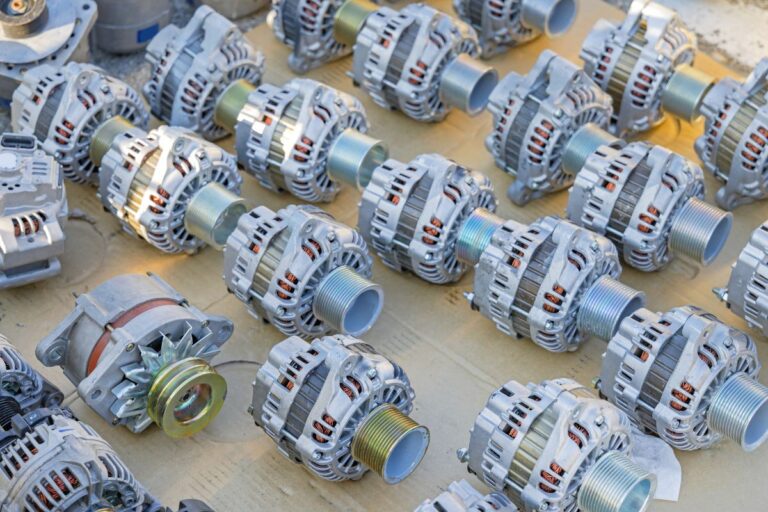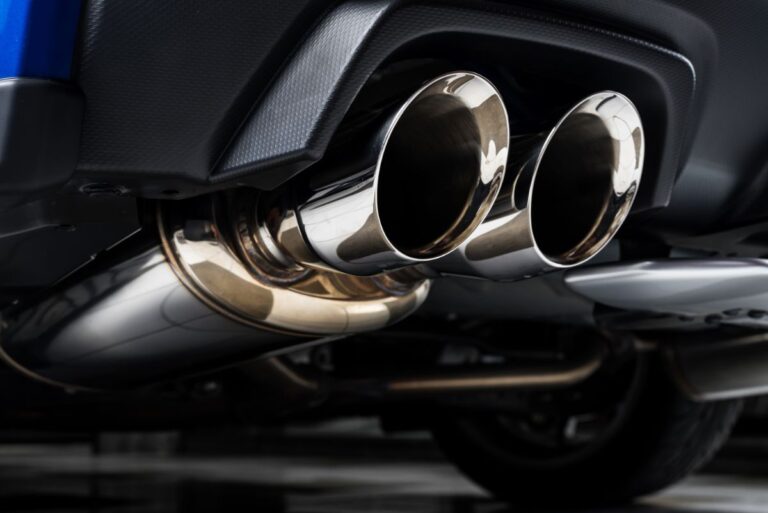
When you research cars, you’ll see the phrase “0 to 60” a lot. And yes, some cars can reach high speeds very quickly. But it’s just as important for a car to go from 60 to 0, too. In fact, it’s arguably more important.
Your car’s brakes do crucial work. And for them to do that work well, they’ll need brake pads. All brake pads work the same way: by creating enough friction to slow and stop the car. They do have some differences, though.
If you’re looking into after-market brake pads or just want to know your options, then understanding these differences can help you make the best decision for your car.
Brake Pad Materials
The biggest difference between brake pads comes from their materials. You can find brake pads made from organic materials, inorganic materials, and combinations of both.
1. Semi-Metallic Brake Pads
Semi-metallic brake pads are one of the most common types for today’s cars. They’re a blend of metal and synthetic materials, with metal making up the bulk of the brake pads.
Organic materials come into play during the binding process. A resin holds all the materials together. Semi-metallic brake pads are a popular choice because they resist heat, have a long life, and don’t create a lot of dust.
For a lot of car owners, these brake pads have everything they need. However, their heat resistance can also become a disadvantage when the weather gets cold.
During the winter, these brake pads may take some extra time to warm up. You may also need to put a bit more effort into your braking.
Overall, though, these brake pads are sturdy, dependable, and serve drivers well.
2. Ceramic Brake Pads
Next up are ceramic brake pads. And yes, these brakes are made from the exact same type of ceramic you’ve used if you’ve ever taken a pottery class.
But they’re a lot stronger than your average homemade vase, and that’s because they contain metal (usually copper) fibers. They also have a lot more density. Think of the difference between a cotton ball and a thick cotton t-shirt.
Both of those things are made from the same material, but because the t-shirt is more dense, it’s also a lot stronger. Ceramic brake pads are strong for the same reason.
Because ceramic brake pads are so strong, they create less residue than other types of brake pads. They also perform well in all kinds of temperatures and don’t require extra force when the weather gets cold.
Ceramic brake pads can withstand a lot of intensity, too. That’s why you’ll usually find them in race cars and similar vehicles that demand a lot from their brakes.
The downside is that ceramic brake pads are expensive, which is the other reason why you don’t usually find them in standard cars.
The good news is that standard cars don’t generally need the kind of durability that comes from ceramic brake pads. Usually, semi-metallic brake pads provide enough durability for the average car owner.
3. Non-Asbestos Organic (NAO) Brake Pads
Along with semi-metallic brake pads, non-asbestos organic pads are one of the most common types on the market. Why do they specify the “non-asbestos” part? Because they used to contain asbestos.
Asbestos worked well enough as a brake pad material, but it turns out that asbestos is dangerous. Thankfully, today’s organic brake pads are made from other materials like rubber and fiberglass.
Unless you deal with extreme temperatures, NAO brake pads are reliable. And they often cost less than other brake pads.
However, “low cost” doesn’t always mean “cost effective.” NAO brake pads wear out more quickly than brake pads that contain metal. If you have to replace your brake pads often, you may ultimately spend more money overall.
They also struggle with extreme weather conditions, so if you live in a very hot or very cold climate, semi-metallic or low-metallic NAO brake pads provide a safer bet.
4. Low-Metallic NAO Brake Pads
Low-metallic NAO brake pads exist somewhere in between semi-metallic and fully organic brake pads. They consist mostly of organic materials, but they have a small percentage of metal.
These brake pads can handle extreme temperatures and friction better than other types. And thanks to the metal content, they don’t wear out as quickly as NAO brake pads.
The downside? They’re noisy. They also produce a lot of dust. Thankfully, it’s not asbestos dust, now that we’ve learned better than to put asbestos in our cars. Still, that dust can clog car parts.
Much like ceramic brake pads, low-metallic NAO brake pads are more suitable for race cars than for everyday driving.
Self-Installation vs Professional Installation
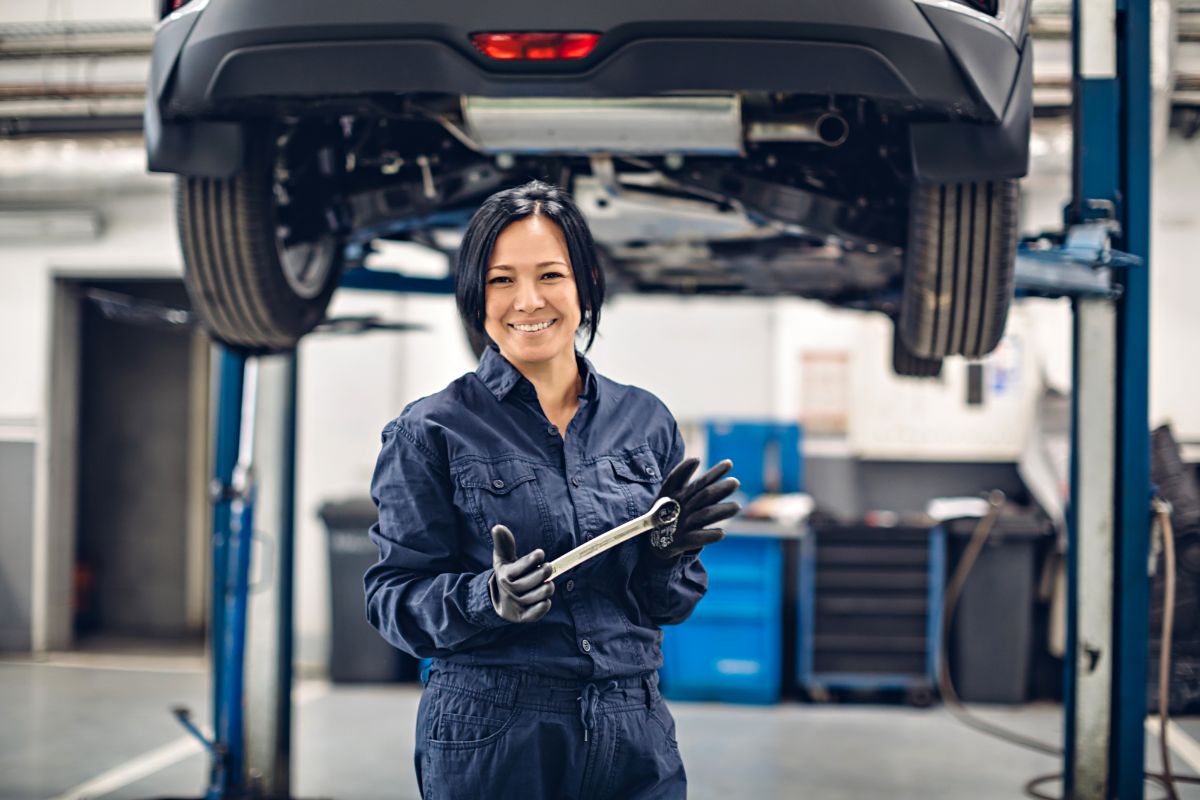
Once you’ve chosen the type of brake pads you want, your next step is to figure out whether or not you want to install them yourself.
Keep in mind that you should only install your own brake pads if you’re highly trained and know exactly what you’re doing.
For example, if you have a background as a mechanic, you might be able to handle this project safely. And if you do have the tools and training you need for this job, you can save money by doing it yourself.
However, if you don’t have the right skills, you should have a mechanic install your brake pads. This way, you can make sure that the job gets done safely. You can still save money by buying your own brake pads and bringing them to the mechanic.
You can often get a better price on brake pads when you don’t buy them from your installer. Just make sure that your installer accepts brake pads from other sources.
Brake Pad Hardware
You can also get your brake pads with or without the hardware included. Why would you buy brake pads without hardware? Because your existing hardware may still be usable, even if the brake pad itself is not.
However, you still need a highly-trained mechanic here. Only a mechanic can decide if a brake pad’s hardware is still usable.
Break Pad Coating Types
Finally, there are three coating types for break pads: uncoated, painted, and galvanized.
Uncoated brake pads are common. They don’t add any time, labor, or materials to the manufacturing process. As a result, they’re cheaper than coated brake pads. They also wear down faster than coated brake pads, though.
Painted brake pads add a bit of extra protection. And with that extra protection comes an extra cost. It’s not much of an extra cost, though, so painted brake pads are certainly worth considering.
Galvanized brake pads are coated with a non-corrosive metal. This metal, of course, provides the most protection out of any coating option. As a result, galvanized brake pads last much longer than other types.
However, they are a lot more expensive. They’re also more rare, so you may have a harder time finding them.
Frequently Asked Questions
Because brake pads are so important, car owners have a lot of questions about them. Below are some of the most common ones.
What Makes a Good Brake Pad?
On the surface, this seems like an easy enough question. After all, a good brake pad is any brake pad that can make a car stop, right? And that answer is definitely true, but there are other things to consider.
The best brake pad for your car will be whichever brake pad can handle your particular driving conditions. Someone who lives in Canada, for example, may choose different brake pads than someone who lives in Arizona or Texas.
Before you buy new brake pads, consider the area where you live and the roads you drive on. Do you live in a hot, cold, or moderate climate? Do you ever have to reduce your speed quickly?
These questions can help you decide which brake pads will work best for your car.
How Can I Tell if I Need New Brake Pads?
The best way to tell if you need new brake pads is to write down when you had your current brake pads installed. Then, check the manufacturer’s recommendations for replacement times.
With brake pads, you always want to stay prepared. Remember that it’s better to replace your brake pads too early than too late.
You should also get new brake pads if something seems “off” or “wrong” about your braking. For instance, maybe the brake pedal vibrates when you use it, or maybe it takes longer than usual to come to a complete stop.
These are signs that your brake pads are wearing down. Don’t count on these signals alone, though. Some of these changes happen gradually, so they can be hard to notice as they happen.
When in doubt, ask a trusted mechanic whether you need new brake pads. And you should absolutely get new brake pads if you hear a squeaking noise every time you press the brake pedal.
When you hear that squeaking sound, it means that your brake’s rotor is hitting a metal tab, not the pliable part of the brake pad itself. The squeak means that the pliable part has worn down, so your brakes aren’t getting as much friction.
How Long Do Brake Pads Last?
On average, brake pads last for 25,000 to 65,000 miles. Brake pad longevity depends on a few factors, including the type of brake pad and how much the driver puts it through.
Somebody who often slams their brakes may have to replace their brake pads more often. And sometimes, being especially gentle on your brakes can help you extend your brake pads’ lifespan.
Driving conditions can impact brake pad longevity, too. Stop-and-go traffic that requires a lot of braking will wear out brake pads. On the other hand, if you mostly drive on long stretches of road, your brake pads will last longer.





